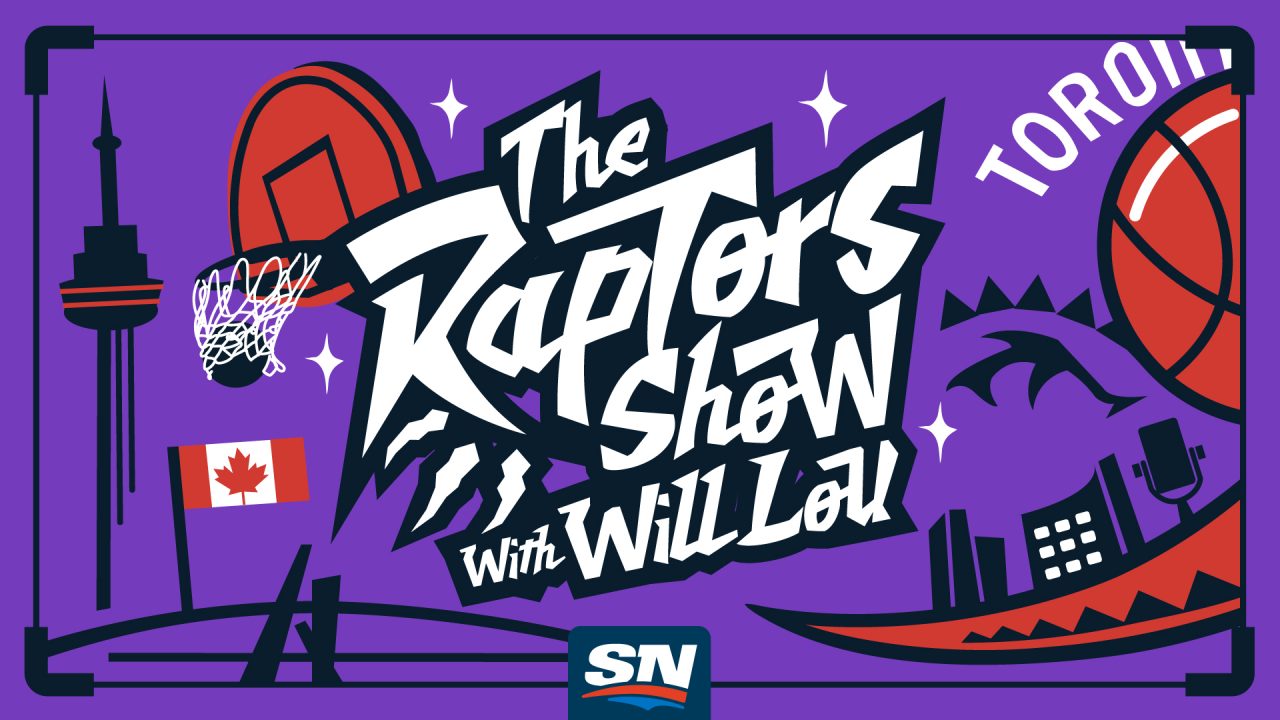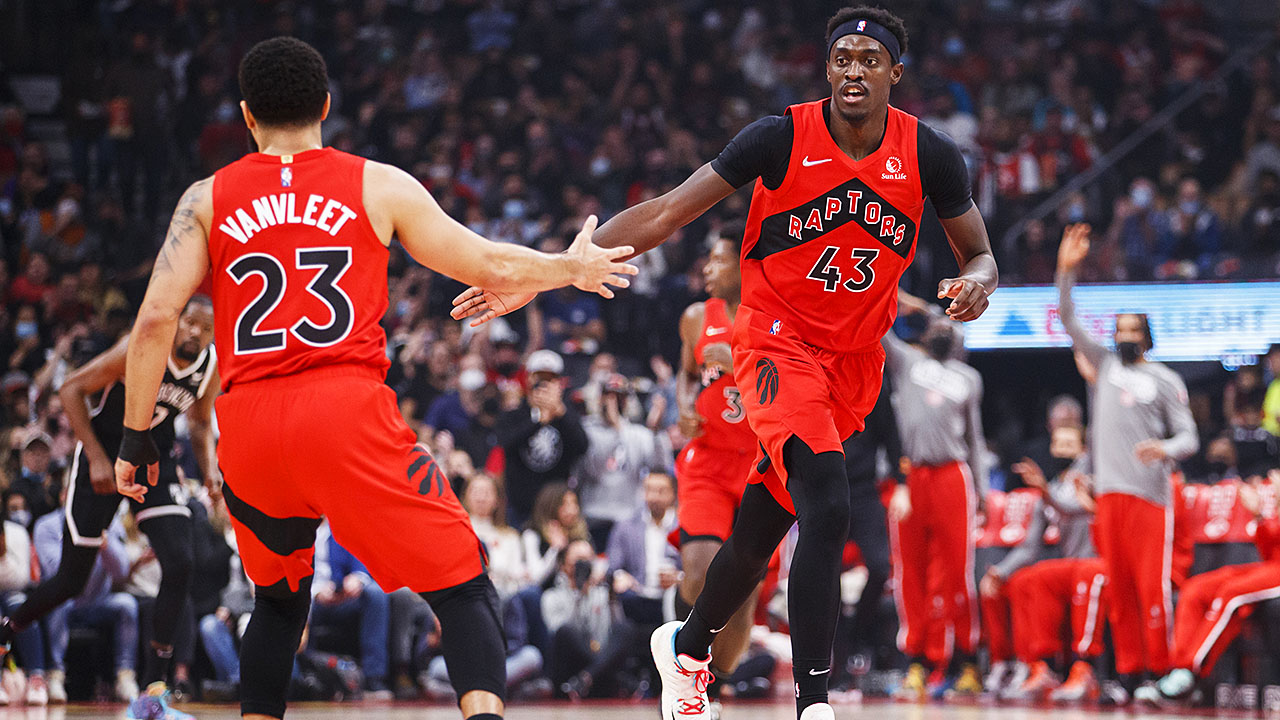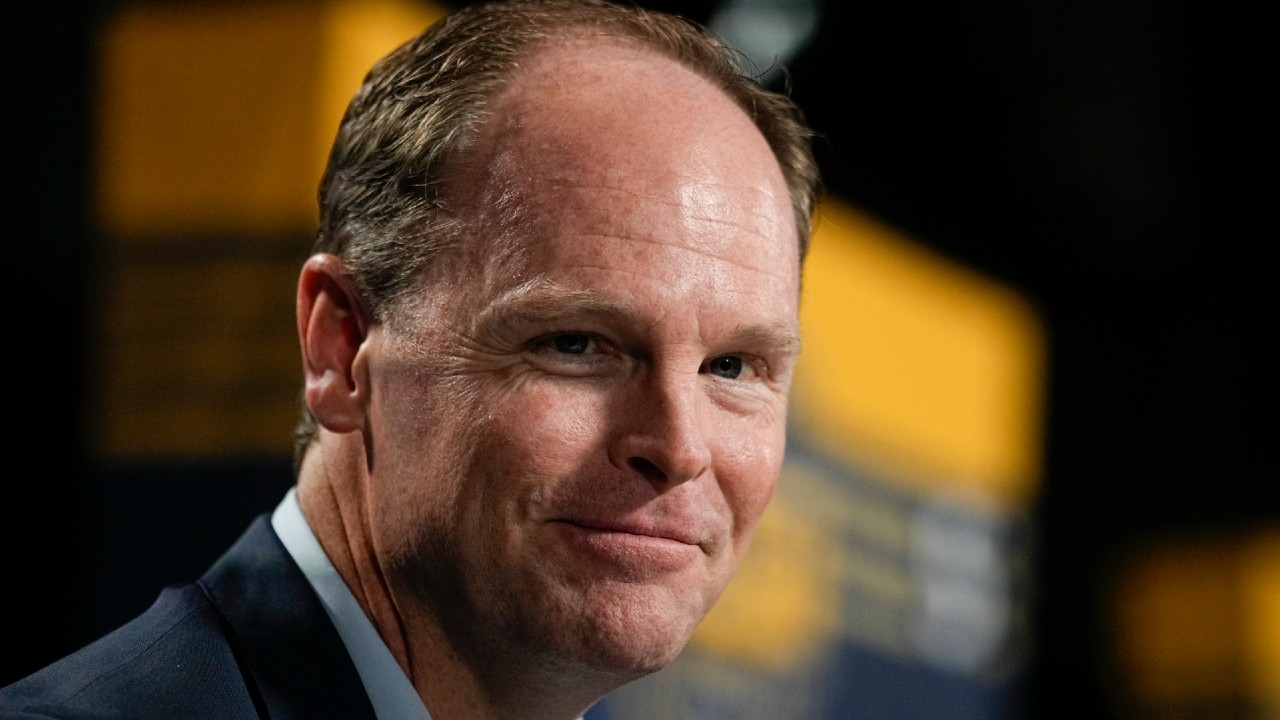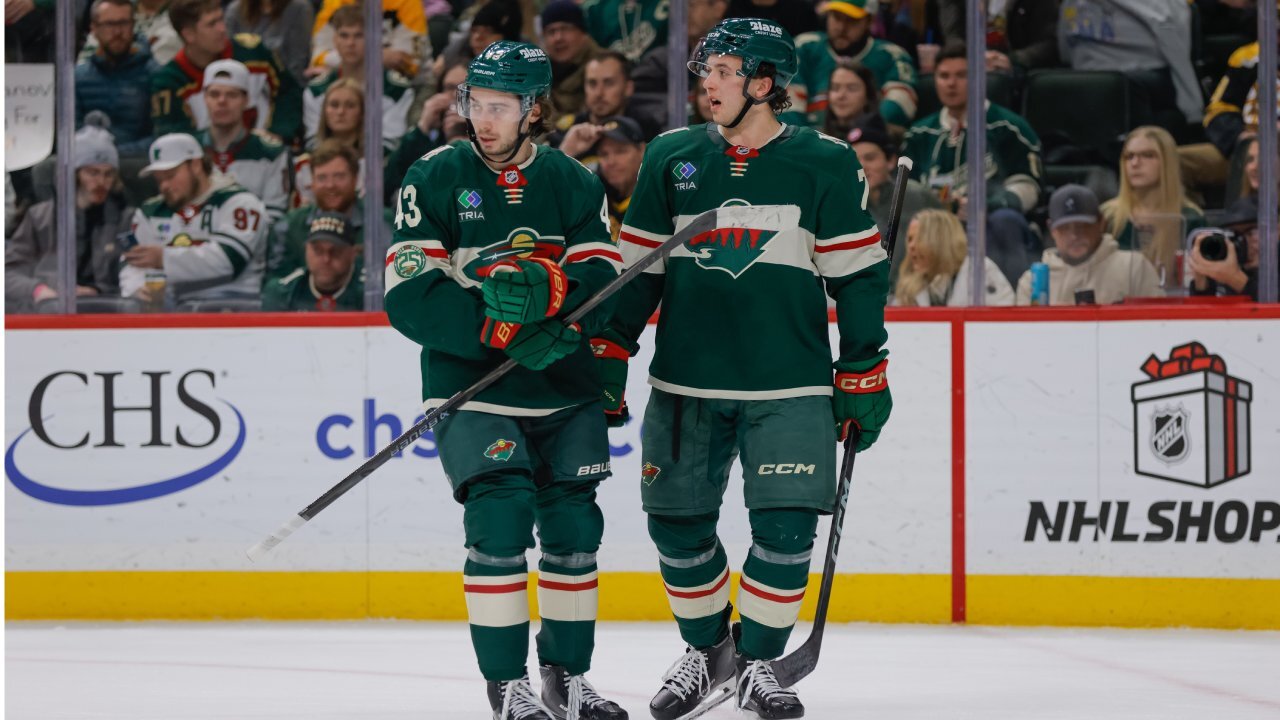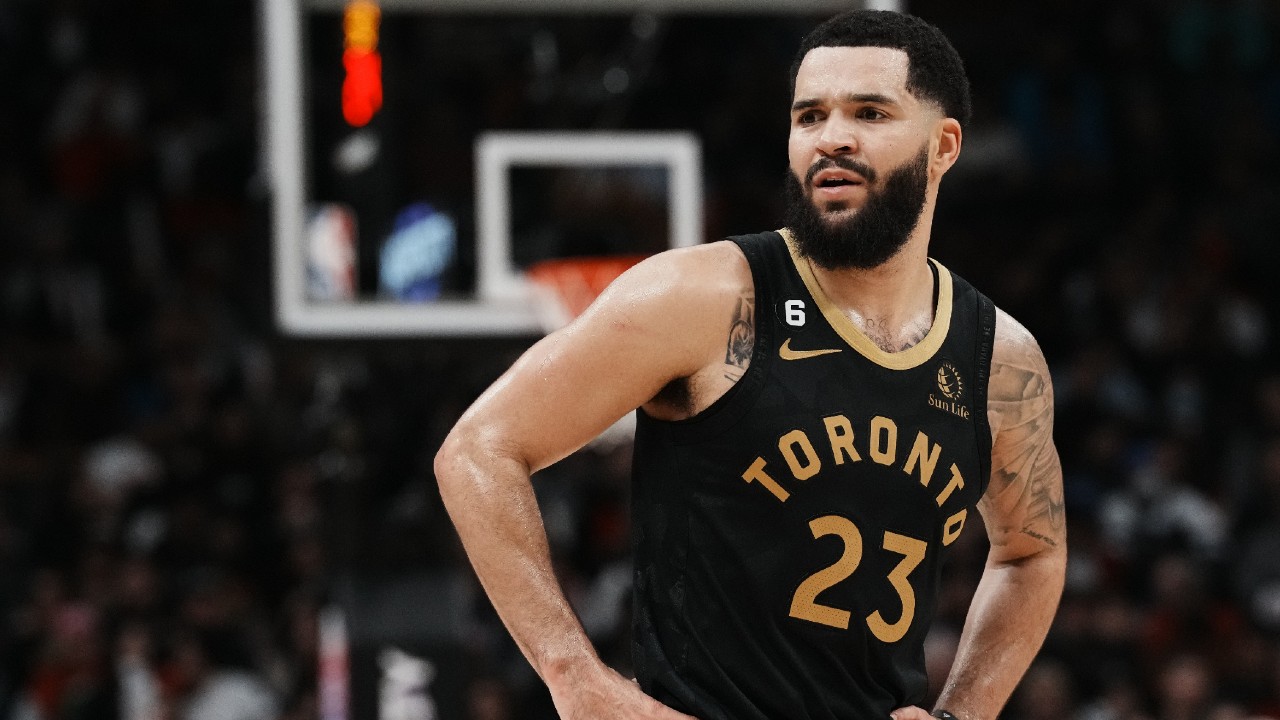
‘Play in for what?’ is one of Toronto Raptors president Masai Ujiri’s more quotable sound bites.
He posed the question as his club was flailing in Tampa during the 2020-21 season. Rather than try to squeeze into the play-in tournament, he authorized what he later dubbed ‘the Tampa Tank’ – the Raptors slide down the Eastern Conference standings that ended up with the Raptors choosing Scottie Barnes with the fourth overall pick.
The question could be looming sooner rather than later.
The Toronto Raptors have plenty of shortcomings as they bump along in the bottom half of the Eastern Conference. Anyone can see them. They’re the kind of flaws that 10th-place teams have. The Raptors didn’t plan on being a play-in team, however, so it makes sense they try to address at least some of them before a season of lofty ambitions (perhaps too lofty) goes completely sideways.
Beginning Wednesday night when they host the Sacramento Kings, the Raptors (13-14) are starting a stretch of 13 games against teams that are .500 or better so far this year.
The opportunity to add via trade is approaching. Players that signed as free agents this past summer can be moved as of Dec. 15th, although a smaller subset of those – which happens to include Raptors forward Chris Boucher – can’t be traded until Jan. 15. The trade deadline is Feb. 9.
League personnel I’ve spoken with feel like it could be a busy trade season because there are several teams that can convince themselves they could make a playoff run given how flat the league’s standings are. A whopping 21 teams are within six games of the .500 mark and only five teams – at this stage – look like they won’t be able to compete for a spot in the play-in tournament.
At the other end of the spectrum, the coming draft class is considered to be quite deep, even beyond Victor Wembanyama and Scoot Henderson, the potential franchise changers expected to go 1-2. As a result, there is considerable incentive for teams that are stuck in the middle or worse – looking at you, Chicago Bulls – to start divesting and start sinking.
No one is predicting a flood of deals come Thursday; chances are most of the decisions will be made closer to the deadline in February. But teams are positioning themselves, and yes teams are looking at Toronto as a club that could be active, given some of the holes on the roster and the ambition of the front office. Eyes are on them.
Internally, the Raptors are still very high on their core and believe that Fred VanVleet, Scottie Barnes – each of whom has struggled to varying degrees this season – along with O.G. Anunoby and Pascal Siakam (who have been outstanding), are a strong foundation for an elite team.
If they are sincere in their belief, the Raptors should be aggressive. They are a youthful team, but not young: VanVleet and Siakam each turn 29 this season. Why not attach some draft equity in a package to bring back players that can help them now? The hope was that Barnes would have more to offer sooner – and this season he still might – but in the meantime, supporting the team’s existing veterans would seem to make perfect sense.
The one name that should be at the top of their list is Jakob Poeltl of the San Antonio Spurs who Toronto chose ninth overall in 2016 and had with them for two seasons before he was traded to the Spurs in the DeMar DeRozan-Kawhi Leonard deal. He fits all of their traditional criteria in that the Raptors don’t want to take on long-term money (Poeltl is pending free agent) but they like to have the opportunity to sign someone if they like them (he would come with Bird Rights). Toronto has also shown a preference for investing in known quantities rather than shiny new toys.
Poeltl is an elite rim protector, offensive rebounder, screen setter and finisher. He’s not a shooter, but his presence would make the Raptors a better defensive team and a more versatile offensive one. If the Raptors could also snag sharpshooter Doug McDermott, all the better.
Toronto tried a similar deal last season and came away with Thad Young. They might as well keep trying.
If the Raptors’ version of ‘all in’ doesn’t pan out, they can take comfort in knowing that if they have to pivot away from their ‘core four’ they’ll be able to recoup picks and players at that point. Doing nothing could force change anyway: committing long-term extensions for players who haven’t delivered doesn’t seem like the Raptors’ kind of business model, nor should it be.
Toronto is in a decent position to make trades if they want to dive into the market. They have all their own first-round picks and all but one of their future second-rounders if they want to make them available. They also have some reasonable contracts they can cobble together to help match salary in a trade. The Raptors also have Gary Trent Jr., a good young player and pending free agent who comes with ‘Bird Rights’, meaning the acquiring team would have the opportunity to sign him even if they didn’t have the cap room. Chris Boucher’s emergence as a reliable role player on a good contract – this past summer he signed a deal that will pay him $35.2 million deal over three years – would make him an attractive option too.
Meanwhile, other teams can look at the Raptors and see a looming cap crunch, given VanVleet will be looking for a contract extension next summer, as will Siakam. Anunoby is playing himself into a near-max deal when his player option comes up in 2024, while Barnes would be one more year away from a rookie extension that – presuming he returns to the trajectory he was on in his rookie-of-the-year season – would most likely be a ‘max’ deal too. For reference: the top extensions signed by stars of the class of 2018 were worth $230 million, and the salary cap is projected to keep rising. Then again, if Barnes’ progress continues to stall, the Raptors will have other problems.
Can the Raptors pay everyone going forward? Unlikely, or at least not without going into luxury tax territory, and they certainly won’t want to be paying out hundreds of millions of dollars of extensions for a roster that can’t win playoff rounds.
So regardless of how much the organization believes in the ceiling of its core, keeping them together in perpetuity isn’t an option.
The Raptors are said to be making calls with some more urgency than would otherwise be expected from a management group that tries to keep things low key.
The flip side is that last season, Toronto was 23-23 on Jan. 26 before going on a 25-11 run to finish the season. It’s not necessarily a repeatable formula, but it does suggest that they don’t have to rush anything.
The most glaring single issue the Raptors have is their perimeter shooting. They have been the worst three-point shooting team in the NBA since Nov. 5 as they have connected on just 29.3 per cent of their threes over the 18-game stretch. Toronto is being out-scored from deep an average of 7.8 points per game from the three-point line alone.
But that’s not the only problem, or maybe the worst one. After all, there is still the likelihood that Toronto’s existing shooters return to their career averages, which could happen at any time. Slumps aren’t permanent.
More concerning is that the Raptors are also proving to be a pretty easy team to score on.
Sure the Raptors force turnovers better than anyone in the league, but when teams do manage to end possessions with shot attempts they make a lot of them. Toronto is 27th in the opponent’s effective field goal percentage (which includes both two-point and three-point attempts) allowed. This is bad. The Raptors are one spot behind Detroit, who are lottery bound and barely ahead of Houston and San Antonio, also lottery bound. The only good team in their defensive neighbourhood is the Denver Nuggets (28thin eFG) but they offset that by being one of the best offensive teams in the game.
The Raptors are especially vulnerable at the rim where they rank 27th in the NBA defending field goal attempts inside six feet, per NBA.com. One day rookie centre Christian Koloko could be the solution, but it’s too much to ask of him at this stage.
Things are unlikely to organically improve anytime soon based on the injury news that came out of practice on Tuesday, as Raptors head coach Nick Nurse announced that Anunoby – their best defender, historically one of their best three-point shooters and this season’s second-leading scorer – will miss at least four games this week with a strained hip before being re-evaluated. The best case, it would seem, is Anunoby could play next Wednesday against the New York Knicks, but who knows?
Meanwhile, Otto Porter Jr., who was signed to a two-year contract for $12.3 million in the summer, was ruled for another month due to a dislocation of his second toe on his right foot. The veteran was brought in to be a wing defender who can shoot, both of which the Raptors could use right now. He’s been out since Nov. 16th and has played in just eight games this season after missing the entire exhibition season and the first seven games of the year with a hamstring injury. Achiuwa (ankle) – a strong defender one-through-five who shot well at the end of last year — is at least two weeks away from returning after an ankle injury that he suffered on Nov. 11th.
The Raptors should get healthy and improve, eventually. But in the meantime they are looking like a play-in team and headed for a quick exit and middling draft position.
It begs the question.


